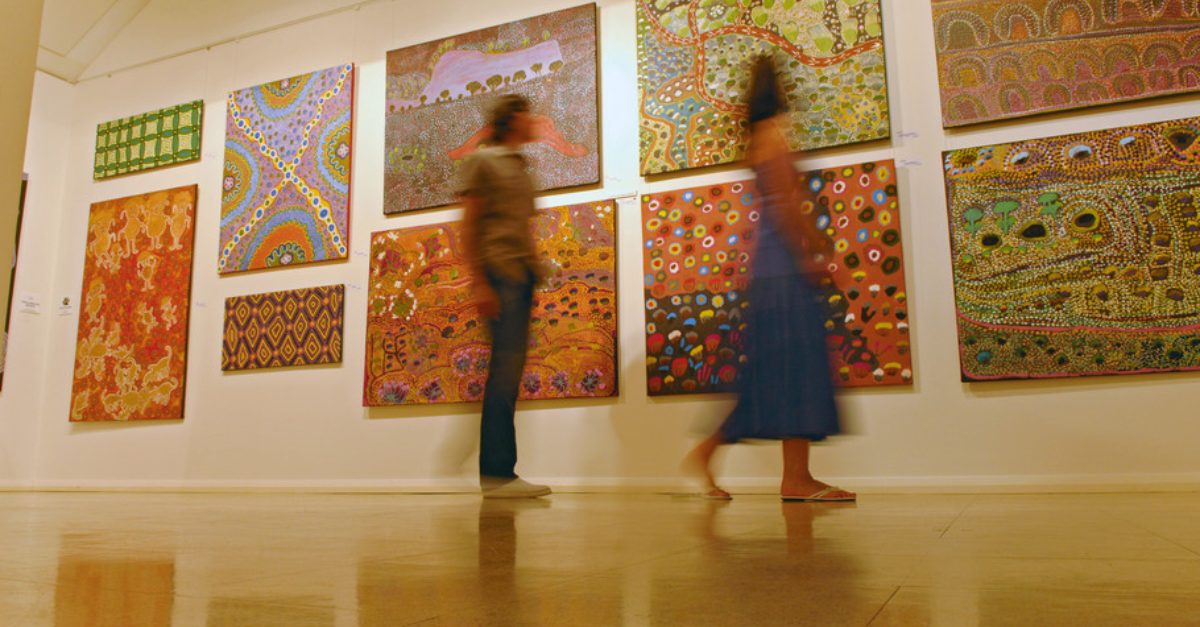Delaware Arts and Culture Drive Quality of Life and Economic Growth

Delaware’s thriving arts and culture scene plays a critical role in enhancing the quality of life for its residents and serves as a key factor in attracting new residents and businesses. A recent – and first of its kind – study from the Delaware Arts Alliance, the Creative Economy Advancement & Tourism Expansion (CREATE) Plan explores the impact of art and culture on Delaware’s economy as well as the role of the creative economy in building community and enhancing the quality of life.
Enhancing the Quality of Life Through Delware’s Arts and Culture Scene
The arts and culture scene in Delaware does more than support the economy; it enhances the overall quality of life for its residents. From music festivals like Ladybug – the largest, free 100-percent women-fronted lineup celebration in the country – and Rehoboth Beach Jazz to theater performances at The Grand Opera House and Milton Theatre, the state’s cultural institutions provide a rich tapestry of experiences that contribute to community well-being.
Additionally, Delaware boasts a diverse array of art galleries and museums that celebrate both local and national art history. In Dover, the Biggs Museum of American Art offers an impressive selection of American fine and decorative arts, focusing on regional artists and historical pieces that reflect Delaware’s rich heritage. In Wilmington, the Delaware Art Museum connects the community to art through inclusive collections, exhibitions, performances, classes, and other family-friendly events.
Lastly, historic estates and mansions in Delaware hold immense importance as representatives of the artistic and cultural heritage of America from the 17th to the 20th centuries. Winterthur Museum, Garden & Library, one of the premier museums of American decorative arts, showcases an extensive collection of nearly 90,000 objects. Originally built by industrialist Alfred I. du Pont, the Nemours Estate is a stunning 300-acre property featuring a grand mansion and formal French gardens, offering visitors a glimpse into the opulence and history of the early 20th century. These institutions collectively enrich the state’s cultural landscape, offering residents and visitors the chance to engage with art in all its forms.
The Creative Economy in Delaware and Tourism
The CREATE plan defines the creative economy as: artistic creation and performances; audiovisual and interactive media; books and press; cultural and natural heritage; cultural education; design and creative services; music recording and publishing; performing arts; and visual arts and crafts. With over 10,000 Delawareans employed in these industries in 2021 contributing an estimated $2.3 billion in direct impact, the creative economy in Delaware is a significant contributor to the state’s overall economic health. Additionally, small businesses account for 70.7 percent of the creative economy, supporting entrepreneurship and main streets in downtowns across Delaware.
The audiovisual and interactive media sector is the largest creative economy employer in the state, followed by cultural education and publishing. Cultural and natural heritage, encompassing assets such as museums and botanical gardens, also represent a key component of Delaware’s creative economy. According to the report, a strong correlation exists between cultural heritage sites – such as the Biggs Museum of American Art – and existing tourism infrastructure. This indicates that the state’s arts and cultural offerings not only enhance the livability of communities across Delaware but may be a driver of local tourism and a future area for growth in the creative economy.
Ensuring a Road Map for Delaware’s Arts and Culture Scene
Delaware’s thriving arts and culture scene is an economic driver and a cornerstone of the state’s identity. As Delaware continues to invest in its creative economy, the benefits will be felt across all sectors, enhancing the quality of life for residents and making the state an even more attractive place for businesses and individuals alike. The CREATE Plan’s forward-thinking recommendations offer a roadmap for ensuring that Delaware remains a leader in cultural vibrancy and economic resilience.